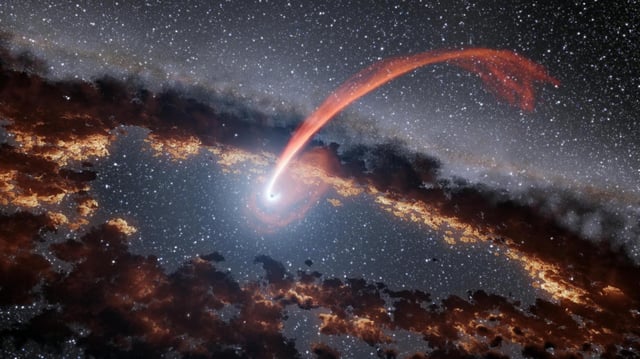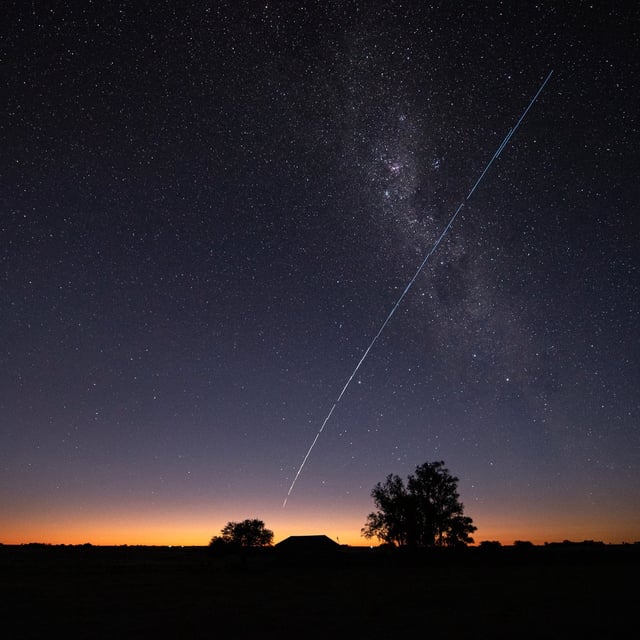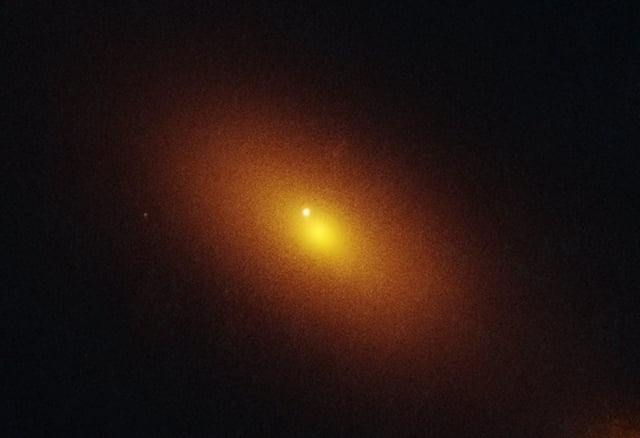Overview
- ENTs are a newly identified class of cosmic explosions in which supermassive black holes tear apart massive stars, unleashing energy 25 times greater than the most powerful supernovae.
- These events outshine typical tidal disruption phenomena by about tenfold and sustain peak luminosity for years instead of the months seen in standard TDEs.
- The team confirmed three ENTs after analyzing ESA’s Gaia flares from 2016 and 2018 and a 2020 detection by the Zwicky Transient Facility, leading to a peer-reviewed publication on June 4.
- With rates at least ten million times lower than supernovae, ENTs remain extremely rare but serve as bright beacons for probing distant galactic nuclei.
- Upcoming facilities such as the Vera C. Rubin Observatory and NASA’s Roman Space Telescope are expected to boost ENT detection rates and deepen insight into black hole growth.



